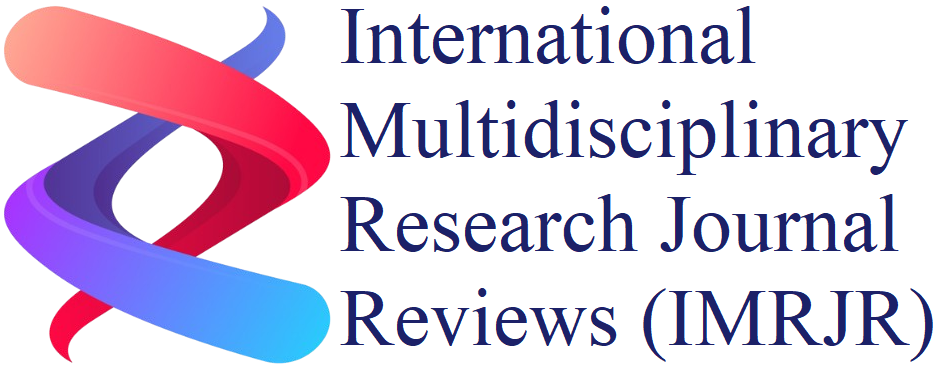Abstract:
The Hilbert Filter (HF) is designed to shift the phase of the input signal by 90 degrees.
The Hilbert Filter is used in many fields, most notably in communication engineering, especially in single side band SSB modulators and demodulators.
In these applications, two components of the audio signal or message signal are generated: the first component is ether the direct in-phase or sinusoidal component, while the second component is shifted by 90 degrees relative to the first. These is achieved using a digital FIR–Type Hilbert Filter.
In this paper, we propose the design and implementation mechanism for FIR digital HF based on the use of Cyclone II EP2C20F484C7 FPGA from ALTERA, placed on education and development board DE-1. The designed filter has the following parameters:
-Clock frequency: FCLK=50 MHz.
-Sampling frequency: fsam= 50 MHz.
-Frequency range of the Hilbert filter (HF): (0.05…0.95) x fsam/2 = (1.25 MHz,….,23.75 MHz).
-Type of input signal is: sinusoidal of frequency: finp1=1.25 MHz, finp2=2.5 KHz, finp3=3.75 MHz, finp4=4 MHz.
-The ROM capacity for the stored input signal samples is 8192X9 bits, and their values are positive within the range from
(0 to 511).
-Frequency range: (0.001 Hz…25 MHz).
-Frequency Resolution: (0.001 Hz).
- Signal amplitude (5V).
Digital designs using FPGA allow the system to be modified and developed to obtain better results through reprogramming according to the user's desire.
Keywords: Hilbert filter, FIR, DDFS, FPGA.
Download:
![]() |
DOI:
10.17148/IMRJR.2025.020902
|
DOI:
10.17148/IMRJR.2025.020902
[1] Dr. Kamal Aboutabikh, Dr. Abdul-Aziz Shokyfeh, Dr. Amer Garib, "Design and Implementation of a FIR Digital Hilbert Filter (HF) using FPGA," International Multidisciplinary Research Journal Reviews (IMRJR), 2025, DOI 10.17148/IMRJR.2025.020902

